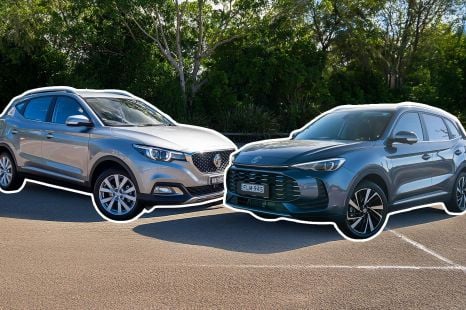

Andrew Maclean
1 Month Ago

News Editor
The 2020 Hyundai Kona is available in four different trim levels, with prices ranging from $24,300 before on-road costs for the base Go 2.0 to $39,800 before on-road costs for the flagship Highlander 1.6T AWD.
The 2020 Hyundai Kona Electric range starts at $58,500 before on-road costs for the Kona Electric Launch Edition and tops out at $64,640 before on-road costs for the Kona Electric Highlander.
Introduced in 2017, the Kona is Hyundai’s rival for the Mazda CX-3 and Mitsubishi ASX, though the Kona Electric has virtually no competition.
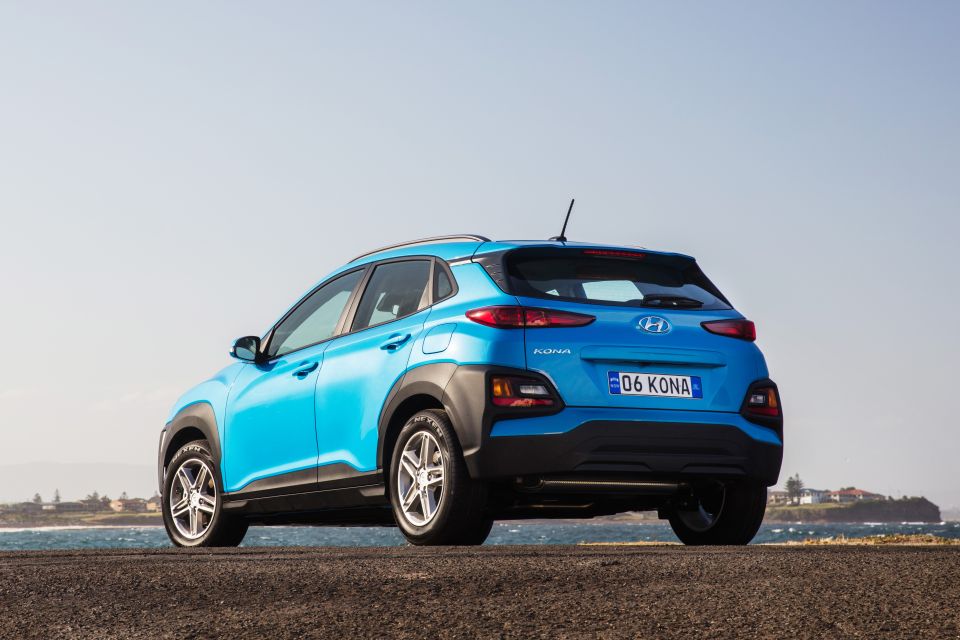
All prices exclud on-road costs.
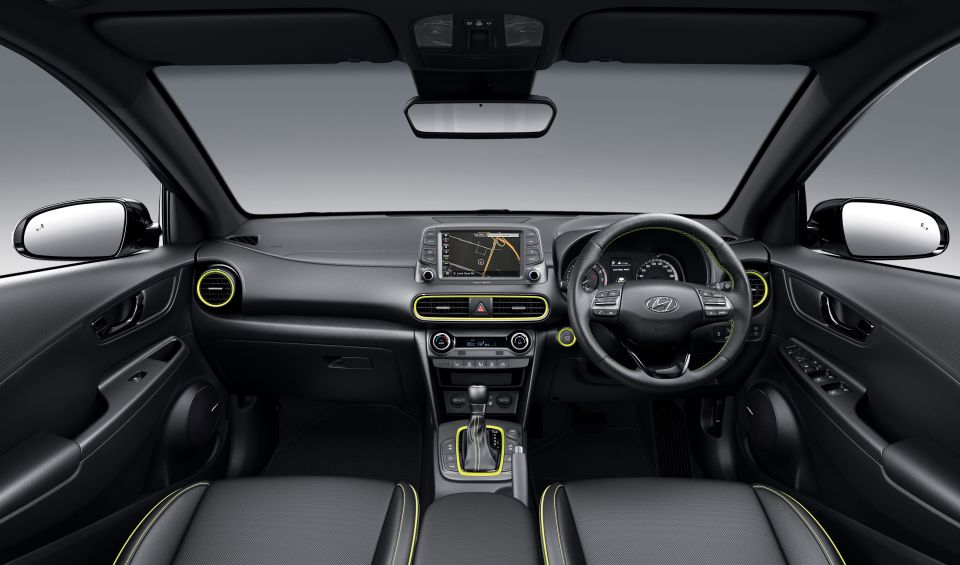
All petrol-powered 2020 Hyundai Kona models are available with a choice of two powertrains, while the Kona Electric is available exclusively with a single battery-electric powertrain.
The first is a naturally-aspirated 2.0-litre four-cylinder engine producing 110kW and 180Nm. Available only with front-wheel drive, the 2.0-litre is mated to a six-speed automatic transmission.
Optional on all Kona trim levels is a turbocharged 1.6-litre four-cylinder engine producing 130kW and 265Nm. It’s available only with all-wheel drive and a seven-speed dual-clutch automatic transmission, and replaces 2.0-litre models’ torsion-beam rear suspension with a multi-link rear suspension.
The 2020 Hyundai Kona Electric uses a 64.0kWh battery and produces 150kW and 395Nm. The Kona Electric is available only with front-wheel drive but comes standard with multi-link rear suspension.
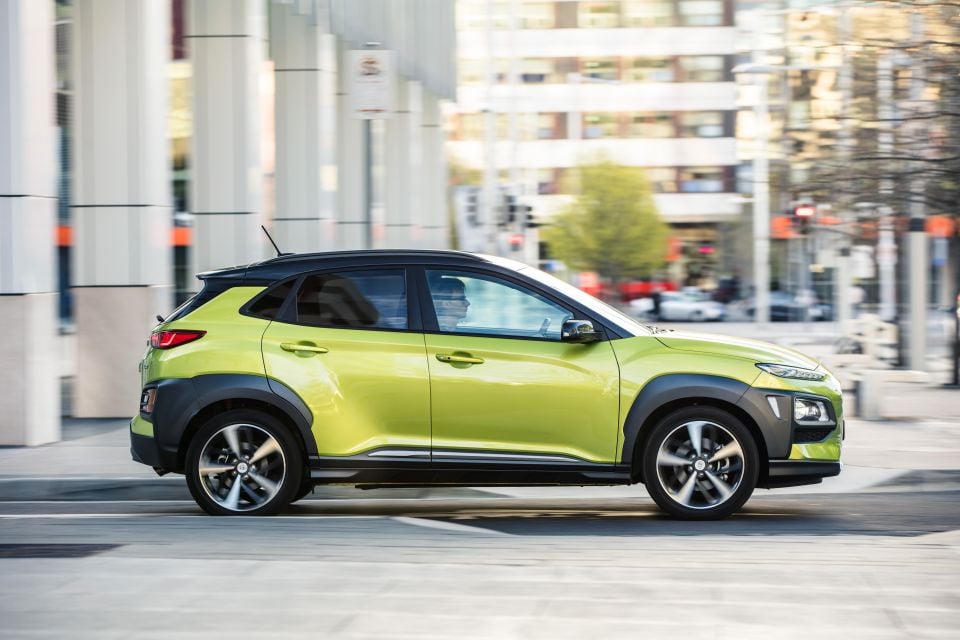
The 2020 Hyundai Kona consumes 7.2L/100km on the ADR combined city and highway cycle when equipped with the 2.0-litre engine and front-wheel drive and 6.7L/100km when equipped with the 1.6-litre turbo and all-wheel drive.
Both engines require only 91RON regular unleaded fuel.
The 2020 Hyundai Kona Electric has an electric range of 449km under the strict WLTP standard.
The 2020 Hyundai Kona measures 4165mm long, 1565mm tall and 1800mm wide.
The Hyundai Kona has 361L of luggage space, increasing to 1143L with the rear seats folded.
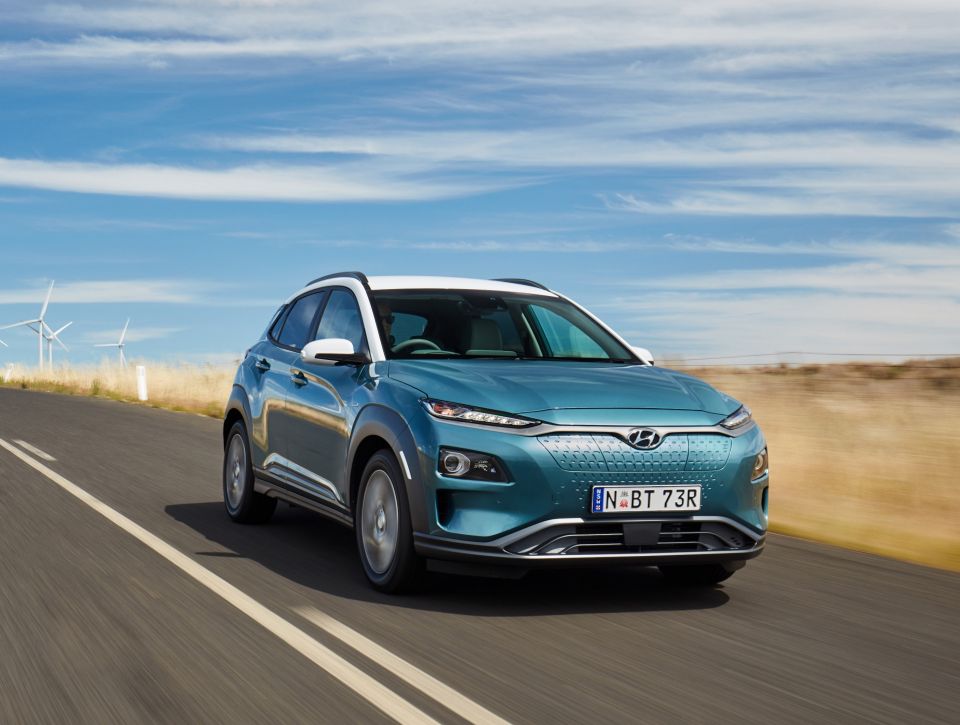
When the Hyundai Kona was tested by ANCAP in 2017, it received a rating of five stars.
That rating was based on a frontal offset score of 14.07 out of 16 and a side impact score of 16 out of 16. Whiplash and pedestrian protection were rated Good and Acceptable, respectively.
All 2020 Hyundai Kona models come standard with autonomous emergency braking with forward-collision warning.
They also come standard with lane-keeping assist, anti-lock brakes and front and front-side airbags. Curtain airbags are fitted for both rows.
A more advanced autonomous emergency braking system, as well as blind-spot monitoring and rear cross-traffic alert are available on up-spec models and the entire Kona Electric range.
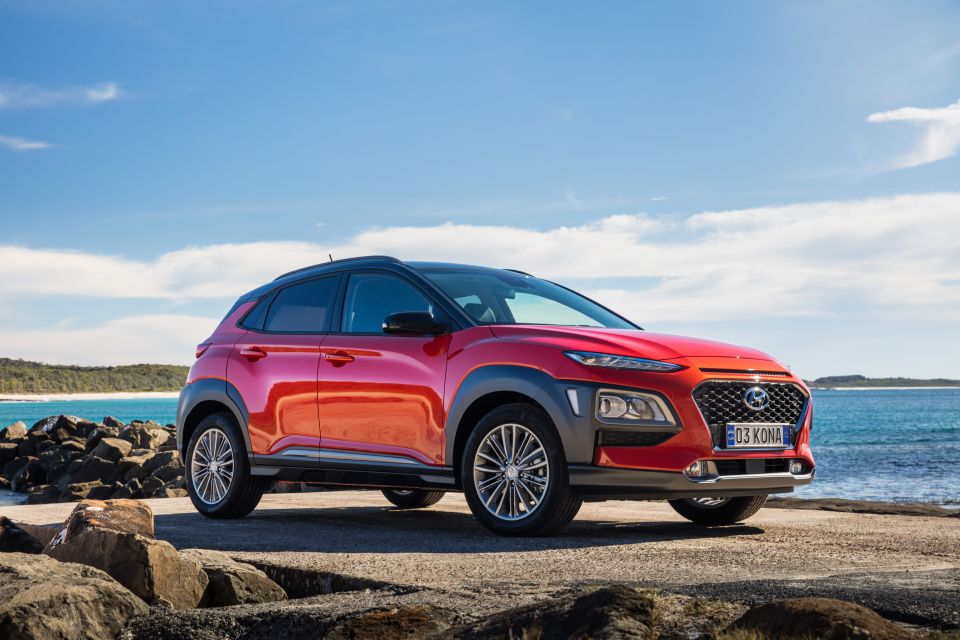
The 2020 Hyundai Kona Go comes with the following standard features:
Next rung up is the Kona Active which adds the following:
The Kona Elite adds:
The Kona Highlander adds:
Over the Kona Active, the Kona Electric Launch Edition adds:
The Kona Electric Elite adds:
The Kona Electric Highlander adds:
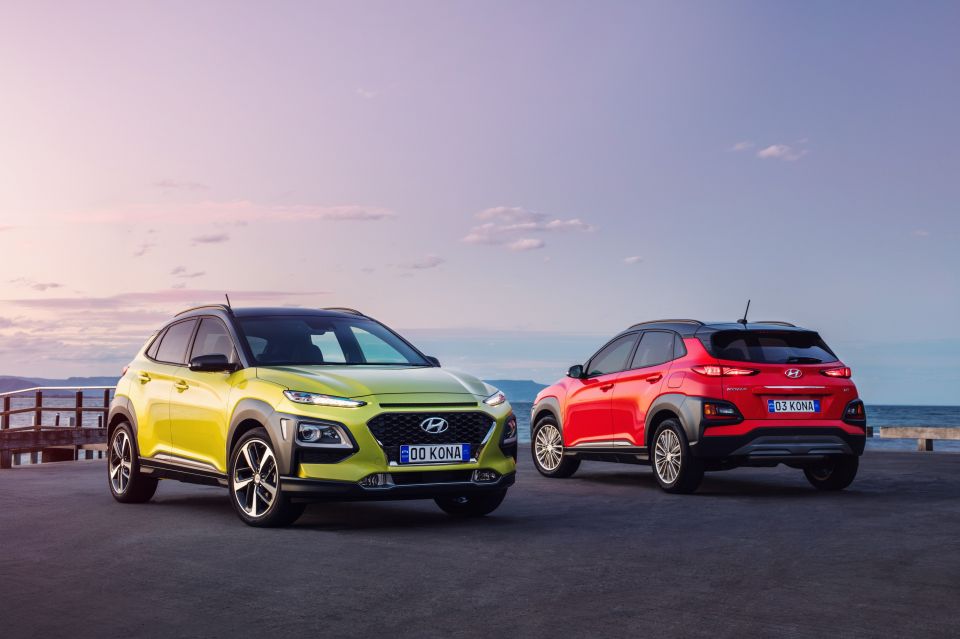
The 2020 Hyundai Kona 2.0 and Kona Electric require servicing every 12 months or 15,000km, whichever comes first, while the Kona 1.6T requires servicing every 12 months or 10,000km.
Hyundai offers a Lifetime Service Plan with capped-price services over the course of the Kona’s five-year, unlimited kilometre warranty. The average cost of a service over this period is $279 for the 2.0-litre, $281 for the 1.6-litre turbo and $165 for the Kona Electric.
Take advantage of Australia's BIGGEST new car website to find a great deal on a Hyundai Kona.
William Stopford is an automotive journalist based in Brisbane, Australia. William is a Business/Journalism graduate from the Queensland University of Technology who loves to travel, briefly lived in the US, and has a particular interest in the American car industry.


Andrew Maclean
1 Month Ago
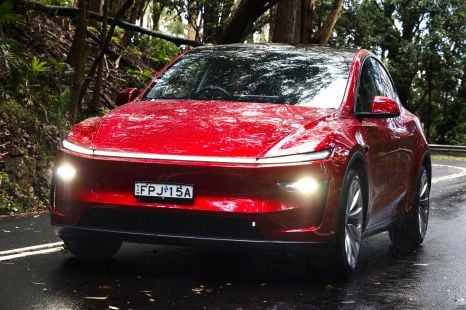

Max Davies
28 Days Ago
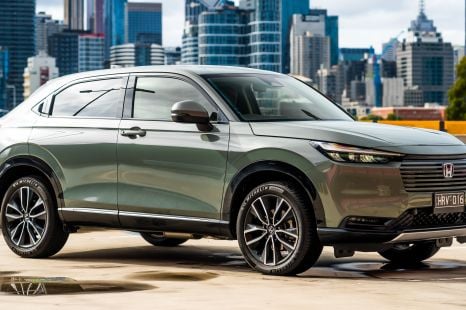

Josh Nevett
26 Days Ago
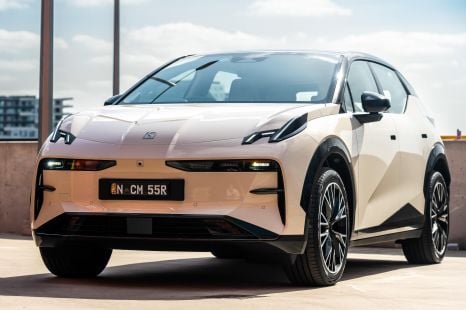

James Wong
18 Days Ago
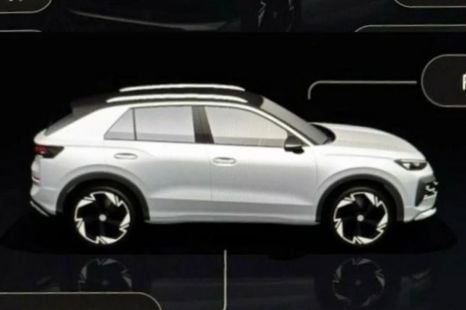

James Wong
8 Days Ago
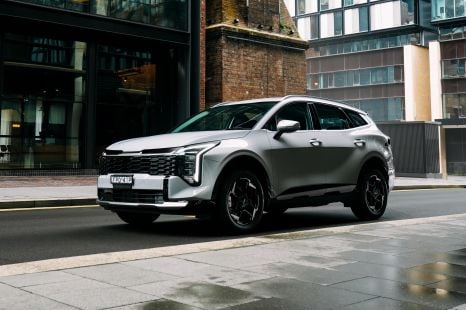

James Wong
7 Days Ago